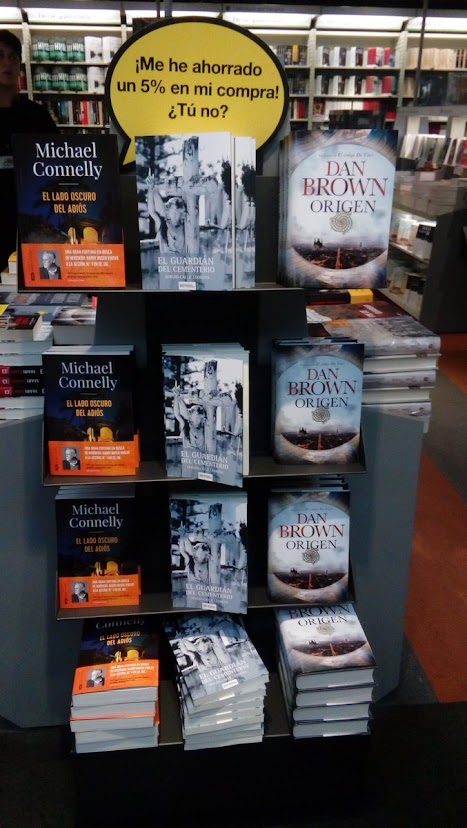Tras la presentación de mi novela “El Guardián del Cementerio,” con éxito de público y ventas, me
asomé de madrugada a la luna aterciopelada de la otoñada con un mediterráneo oculto
bajo una niebla viscosa; la quintaesencia de las noches mágicas en el pequeño
pueblo donde habito que, como siempre,
seguía colgado entre las montañas y los acantilados. Solo se escuchaba a los grillos con su eterna serenata de amor.
Imaginaba a los machos cantando a la entrada de la madriguera para atraer a las
hembras. Desde la distancia las casitas
blancas perfiladas bajo una luz mortecina y el resuello voluptuoso de la patria
salada que daba a la escena un aire de pueblo fantasma. Ni siquiera se oían las
sirenas de los barcos, ni las campanas de las ermitas que, como todo lugareño sabe, solo tocan
por el alma de los marineros muertos en alta mar. Apenas el nocturno atrapado
en una bruma mágica y reptante ajena a los estragos de la proximidad de la
gente ajena, como no podía ser de otra manera, a mis andanzas de madrugada.
Seguí caminando por ramblas de arroyos bendecidos por la
lluvia días antes. También había llovido en mi corazón horas antes al saberme
querido por tantos amigos y seguidores que me acompañan en mi aventura literaria.
Olía a campo mojado que dará paso, imagino, al verdor de los valles haciendo
competencia a las hileras de pinos de la costa. Más pronto que tarde, pensé, estaré otra vez merodeando mis lugares
querenciosos de las Sierras malagueñas. Pronto, estuve seguro, las nieves
volverán a cuajar en mis montañas. Y en ese punto de reflexión estaba cuando vi
recortarse en la noche la figura de mi amiga la raposa. También ella había
querido venir a saludarme. Y es que hay jornadas en las que todo nos sale bien.
Incliné mi cabeza en señal de respeto y ella, Duquesa de las sombras, se paró
un momento antes de perderse en la foresta en busca de algún alimento. También
escuché al búho con su sorprendente canto que me heló la sangre unos segundos. Me
volvía a mirar la montaña y olía a pliego. Lanzaba la vista al sur, y una ráfaga
la brisa me alcanzaba de lleno. Y al fondo, el pueblo fantasma ajeno al pasado
que muere, al presente que vive, al recuerdo que queda y a la vida que sigue. Y
que siga por muchos años con estas estampas de madrugada cuyos fantasmas, a los que he aprendido a dominar, habitan para siempre en las páginas de mis libros.
¡Gracias!
Sergio Calle Llorens


